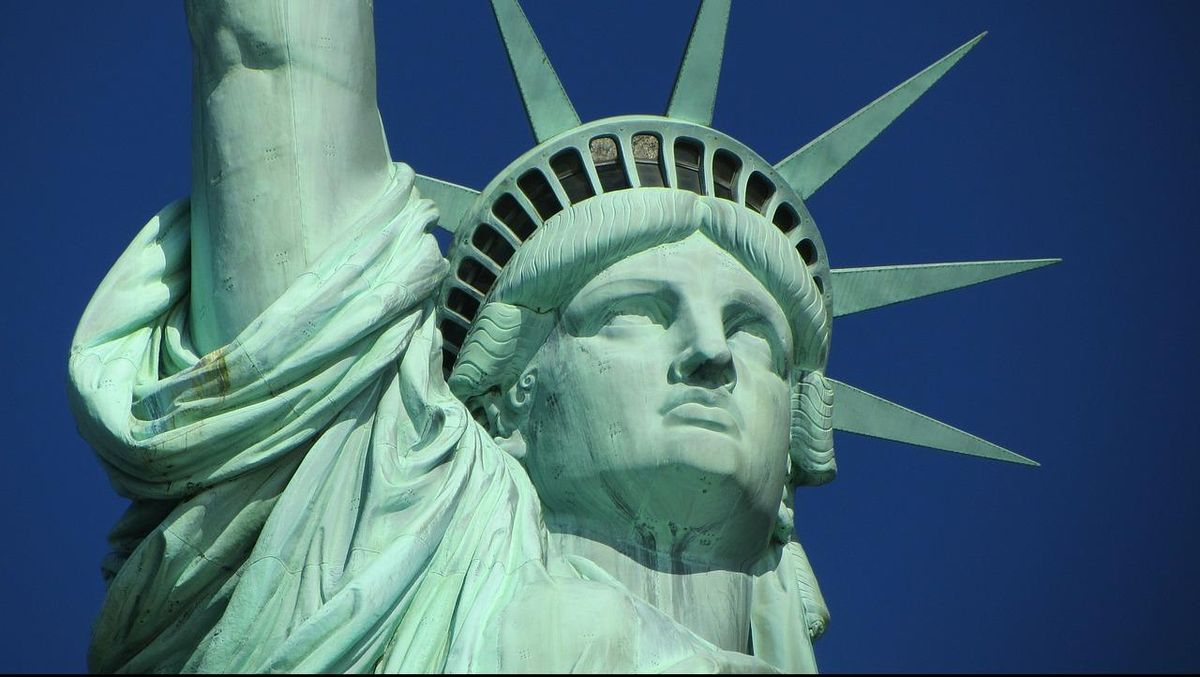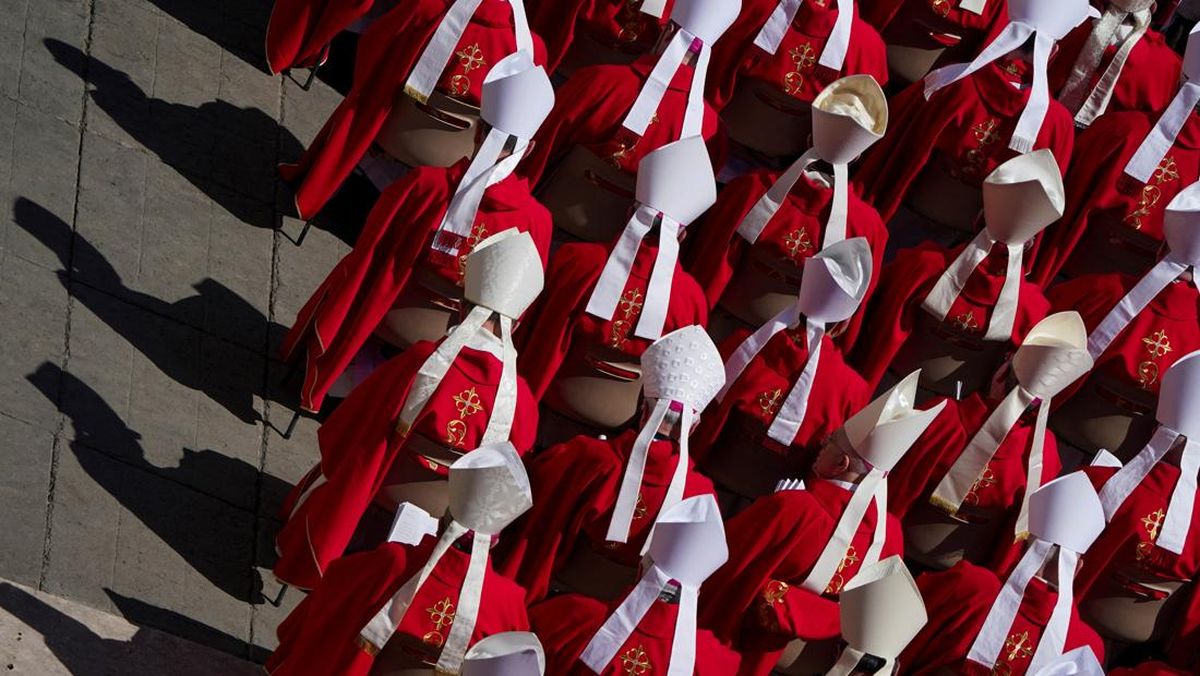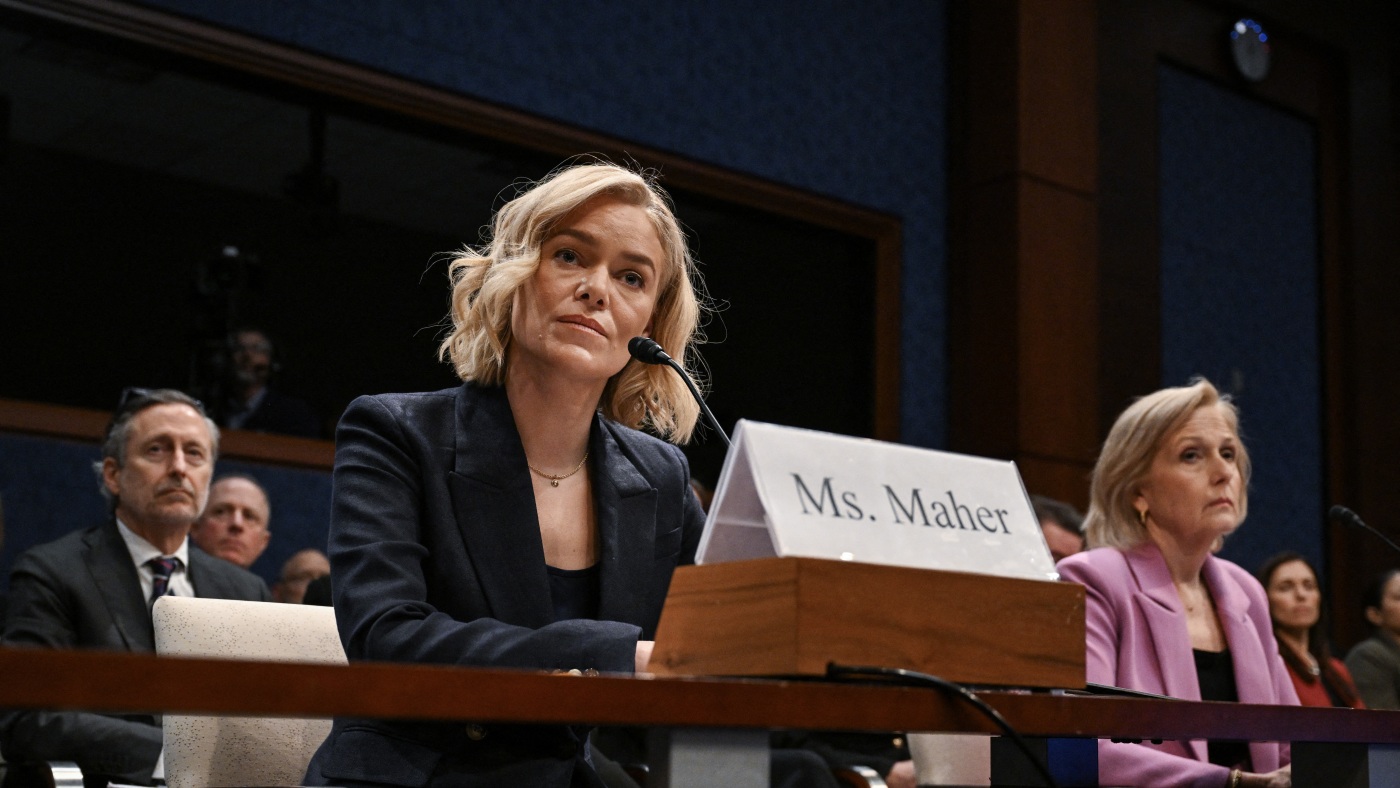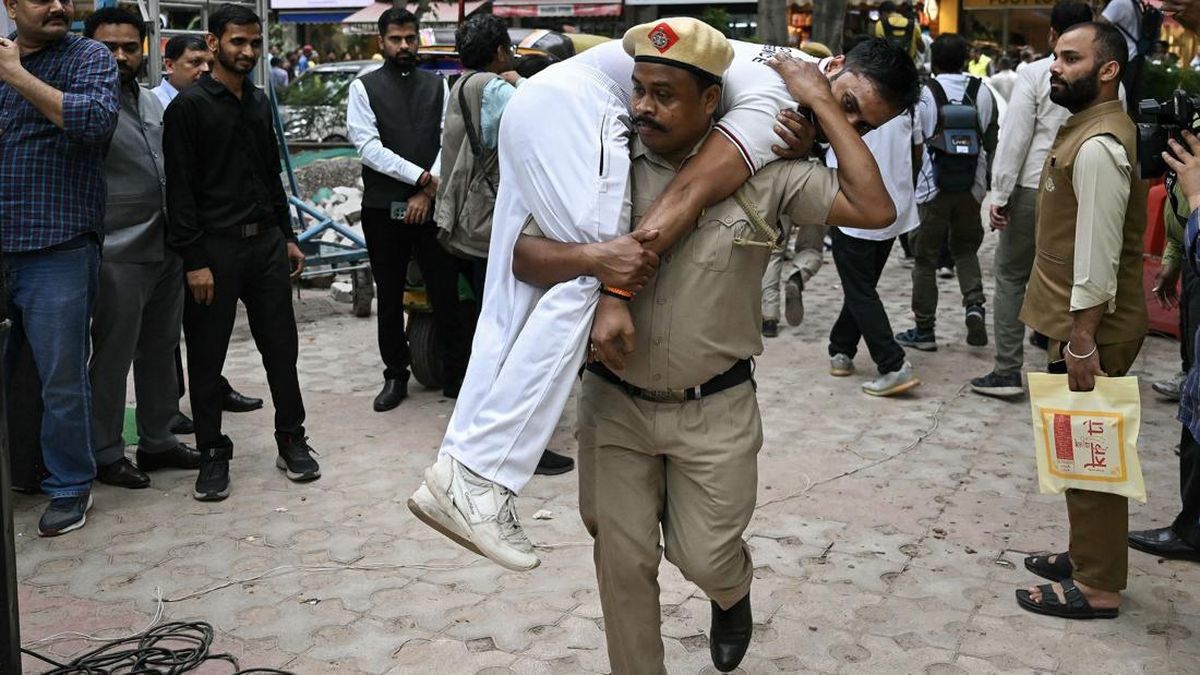
An awning with the Department of Veterans Affairs' seal marks the entrance to the department's headquarters a block from the White House on March 6, 2025 in Washington, D.C. Chip Somodevilla/Getty Images hide caption
toggle caption
Chip Somodevilla/Getty Images
For Stephan Fihn, the reward was seeing how Veterans Affairs research changed his patients' lives.
"A big one was the management of prostate enlargement. You know, when I went into practice, the standard treatment for men with prostate symptoms was surgery," he told NPR.
Then VA research revealed that medication was just as effective as surgery.
"So instead of sending a patient to a urologist for a surgeon, I could prescribe a pill," said Fihn, who worked at the VA for 36 years as both a physician and a medical researcher.
Dr. Fihn lists similar examples: the nicotine patch, the first liver transplant, CT scans, and pretty much all the little rapid test strips used to detect everything from pregnancy to COVID, are the result of VA-funded research. Congress authorized nearly $1 billion in VA research last year, but Fihn and several colleagues warn that it's all under threat.
"Sudden, arbitrary personnel decisions are placing thousands of researchers and tens of millions of dollars of ongoing research at risk and threatening the future of a $2 billion research enterprise that extends back more than 80 years," Fihn wrote in a recent piece he co-authored in JAMA Internal Medicine.
Uncertainty and staff departures
The concerns began when VA froze all hiring and posted a list of hundreds of VA contracts to be cut. After an outcry — that VA is perpetually short-staffed in many key medical fields — VA promised none of those cuts will come from the VA's more than 300,000 frontline health jobs, exempting them from the freeze. Medical research was not initially spared. Then on March 7, VA extended for 90 days the terms of all research employees whose appointments were otherwise due to expire.
"We aim to make it even more effective. That's why VA is conducting a comprehensive assessment of ongoing research initiatives to evaluate their impact on Veteran health care," said VA spokesman Pete Kasperowicz. He said the 90 day pause will ensure continuity of all research efforts as VA completes its review.
But the uncertainty means research projects have already lost critical staff, like data analysts, to the VA's deferred resignation offers, according to several department researchers who requested anonymity because they fear retaliation. They said long-term projects could get interrupted, like the VA's million veteran program, one of the world's largest genetic study groups.
Just as important as the things VA research discovers, says former VA Chief of R&D, Timothy O'Leary, is what it debunks. He points out that in the private sector there isn't much interest in funding studies that might show a new drug isn't better than the old one.
"The VA conducts enormous numbers of clinical trials, a lot of which wouldn't happen otherwise because there isn't much incentive for a pharmaceutical company to be comparing their new drug with old treatments. I mean, what's the upside potential for them?" he says.
As the largest healthcare network in the country, with a patient-base that has already shown a sense of commitment to service, VA can conduct these trials much more easily than almost any other medical system in the country — unclouded by a profit motive.
"VA clinical trials have shown this many times that new intervention really isn't any better. Pharmaceutical companies, medical device companies may not want to take the risk of that kind of outcome, but VA can take the risk because it's not in the business of selling drugs or selling medical devices, whether they be cardiac stents or anything else. It's in the business of doing the best possible job for veterans and the best possible job for taxpayers," O'Leary says.
A ticking clock
Researchers worry that the public doesn't know how much U.S. medical innovation involves VA projects. Rashi Romanoff, chief executive officer of the National Association of Veterans' Research and Education Foundations said the 90 day pause, which ends in June, is a chance to get the word out.
"Investing in VA's biomedical and innovation arm is good also for America on the global stage. I think the pause has given us all a chance to be able to talk about that. This is the moment really that we should be doubling down in research investments," she said.
Math might get in the way though. The Trump administration is standing by a pledge to cut 70,000 to 80,000 jobs at VA, with the more than 300,000 frontline health workers exempted from those cuts. That implies devastating cuts to all other positions, including VA medical research jobs.

 2 months ago
31
2 months ago
31





















































